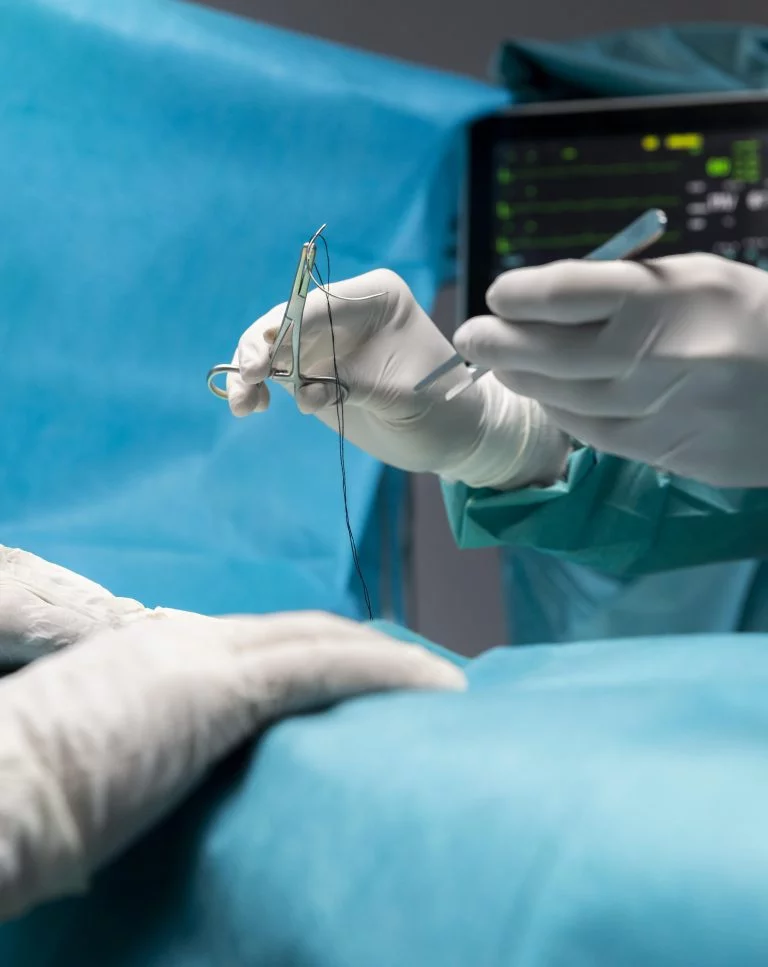Armpit Aortic Valve Repair and Replacement
It is a minimally invasive aortic valve surgery method called interlocutor closed aortic valve surgery or armpit aortic valve surgery. This access method, which is one of the minimally invasive aortic valve surgery techniques, is an aortic valve repair and replacement surgery with a 4 or 5 centimeter incision in the armpit, without cutting muscle or bone and without making any incision in any other part of the body. The only difference between frontal surgery and underarm aortic valve surgery is the entry site. In short; With this method, aortic valve surgeries are performed by cutting an average of 30-35 centimeters of the frontal bone of the chest without opening it, and no bones are cut.

It is an ideal method for young and old patients, especially those who are obese, have diabetes, breast bone disorders, those who have to return to work early, those who have difficulty lying on their backs, those who use canes or crutches who have difficulty in walking, and those who have to lift and carry heavy items afterwards. Armpit aortic valve surgery is not preferred only in patients with advanced chronic lung disease and in patients who have previously undergone aortic valve surgery by opening the chest from the front. In these patients, it is preferred to open a small window from the front, especially for aesthetic reasons and less damage. These are older methods. The risks of frontal and side attempts are the same. The risk is related to advanced aortic valve disease, heart pump failure, and heart strength. Since 1993, patients who have had aortic valve surgery using these techniques have been published in the literature in many nationally and internationally respected scientific journals and congresses.
Advantages of Underarm Aortic Valve Surgery
• The risk of bleeding is low.
• The risk of infection is low.
• Recovery time is much faster.
• Aesthetically and psychologically, the patient is as if he had not undergone surgery. Even the patient himself cannot see the surgery site.
• There are almost no sexual and social problems.
• After the surgery, the patient can lie in any position he wishes.
• After surgery, the patient does not have to avoid blows to the chest.
• Can drive a car and wear a seat belt after leaving the hospital.
• He can use his arms as if he had never had surgery. He can lift heavy. In short, he returns to his daily life and effort very quickly.
Important Articles on the Subject
- You can find what you are wondering about what is aortic valve surgery and in which cases it is performed on this link: In Which Situations Is Aortic Valve Surgery Performed?
- Detailed information about after armpit surgery and Prof. Dr. You can find Yavuz Beşoğul's article at this link: Armpit Heart Surgery

